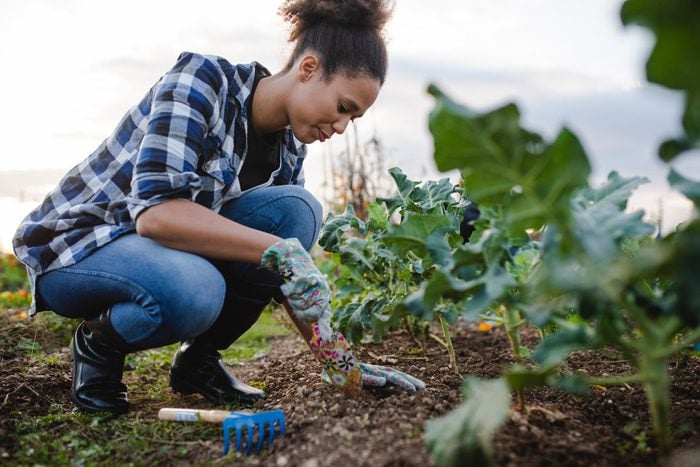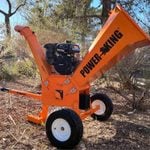The 6 Types of Soil For Your Garden

Gardening is just as much about cultivating your soil as it is cultivating your plants. Here's a look at the different soil types and the characteristics that set them apart.
What Makes Soil Types Different?
Soil is a lot more than just dirt. Soil gives plants the nutrients and water they need to survive and thrive. It also helps them breathe, and provides an anchor for their roots to grow deeply.
If your soil is lacking in any way, your plants could suffer. Knowing what kind of soil works best with different species of plants is the key to growing a healthy garden. Here’s a look at the six main types of soil and the gardening applications best suited for each.
Loamy soil
Three main components make up soil: sand, silt, and clay. Loamy soil includes all three in equal amounts. That means that it drains well, retains a lot of moisture, and breathes enough for air to reach the roots of a plant. Those factors make it an ideal all-around choice for gardening.
Sandy soil
The gritty texture of sandy soil makes it naturally dry and crumbly. It’s typically not highly nutritious; its nutrients can be easily washed away during wet periods. But as long as it’s supplemented with organic fertilizer or similar additives, sandy soil makes a great bed for root vegetables (carrots, etc.) and bulbs (tulips, etc.).
Silty soil
The high silt concentration of this soil allows it to retain large amounts of moisture and nutrients. That makes it a fantastic choice for gardening, provided your garden drains adequately. Mix in a little organic compost and your silty soil will be perfectly suited for fruits and vegetables.
Peaty soil
“Peat,” a spongy natural material made of partially decomposed organic matter, typically forms in wetlands and bogs. The peat makes this soil acidic and less nutritional. To grow healthy plants in peaty soil, mix in nutrient-rich organic matter, plus additives like lime to lower the acidity.
Chalky soil
The high levels of chalk make this soil alkaline, the opposite of acidic. Some plants, like lilacs and Boston ivy, thrive in alkaline soils. Others will suffer nutrient deficiencies, resulting in yellowing leaves and stunted growth.
Gardeners with chalky soil face two options: Stick with plants that grow best in an alkaline environment, or cultivate and correct your soil’s pH balance with organic compost materials.
Clay soil
It’s easy to spot clay soil — usually grayish and wet, with a tendency to stick together in clumps. Clay soil is great for shrubs like hostas. It can even serve as a base for fruit trees.
These common gardening terms will teach you more about soil and all your gardening needs.


